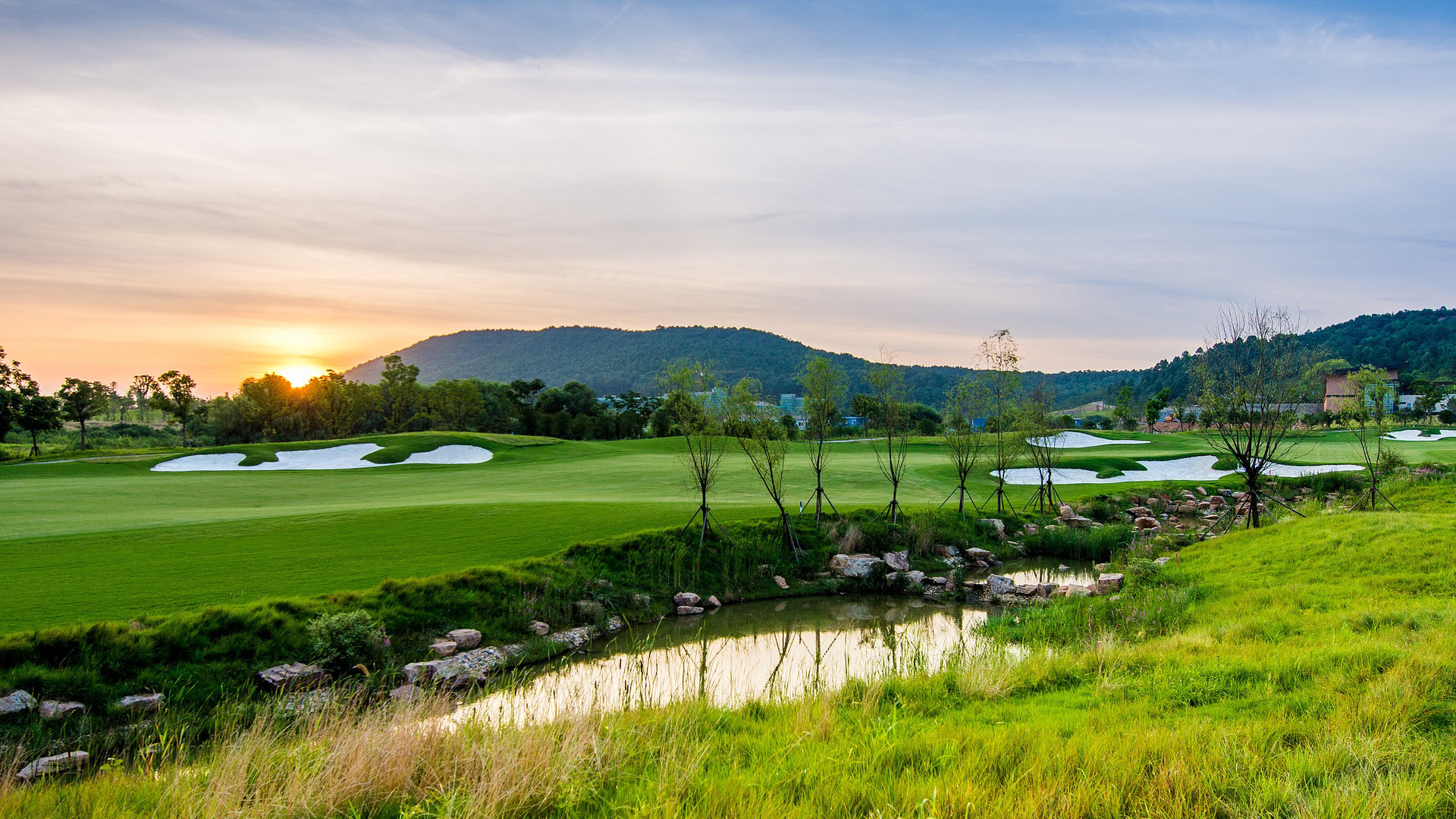By Marie Donahue for the Natural Capital Project
Wednesday, October 4, 2017
If you randomly ask someone on a city street to describe the game of golf, odds are good that even someone unfamiliar with the nuances of the game will be able to describe what a golf course looks like—the expansive and predominantly green open space on which the sport is played.
That landscape, like all managed green spaces in cities, has a range of impacts on the surrounding environment. And while it may come as a surprise to some members of the environmental community, leaders in the golf industry are taking serious steps to better understand those impacts and how to make golf and the courses on which it is played more sustainable.
Kimberly Erusha from the United States Golf Association (USGA) is one of those leaders and key partners working on a new collaboration that formed earlier this year. USGA joined with researchers affiliated with the Natural Capital Project’s Livable Cities program based at the Institute on the Environment led by Eric Lonsdorf and with the University of Minnesota’s Science of the Green Initiative led by Brian Horgan.
“The USGA has a decades-long history supporting turfgrass and environmental research. Although it may not have been under the current terminology of natural capital or ecosystem services, the work has focused on continually improving the value of golf courses within communities,” explains Erusha. The USGA has, for example, researched the impact of golf courses on ground and surface water quality and has worked with the National Fish and Wildlife Foundation to evaluate golf course wildlife habitat for birds, invertebrates, reptiles, and amphibians.
The new collaboration or Community Value of Golf Courses Project launched to help the golf industry understand the range of possible values and impacts that golf courses as natural capital provide to both golf facility owners and operators and the surrounding community.
